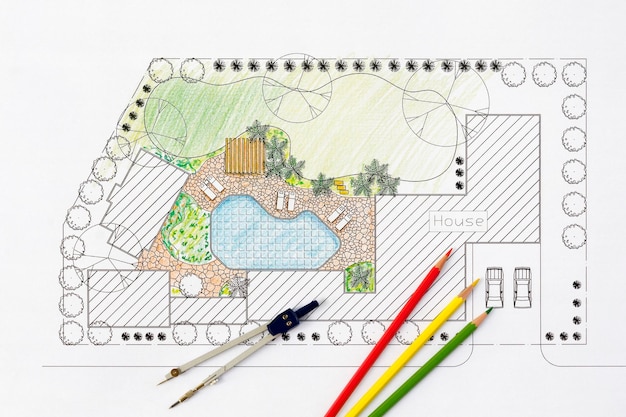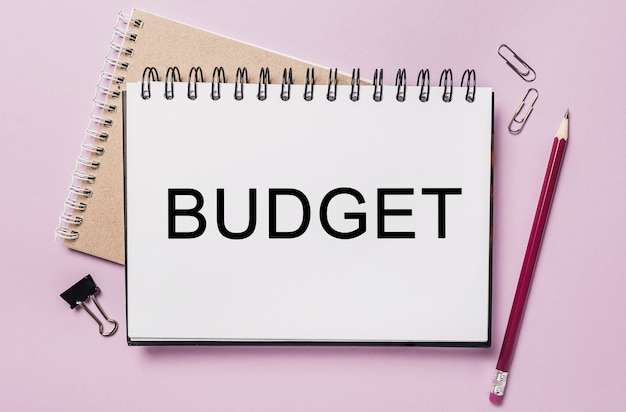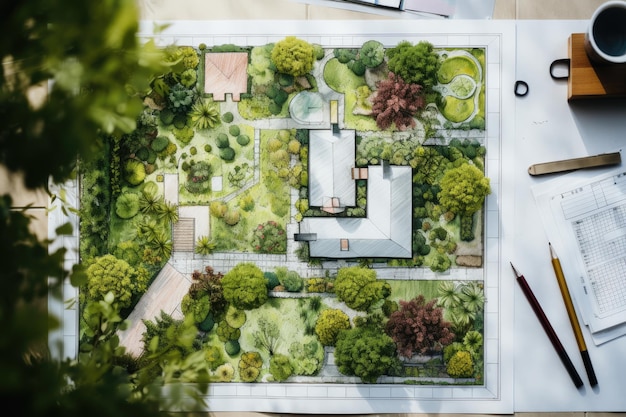Hi, I’m Jessica. If you’ve ever stood in your backyard thinking, “How do I even start with landscape planning?” I’ve been there, too! Whether you dream of a peaceful garden retreat or a fun, functional space for family and friends, getting your landscape right can make all the difference. It’s not just about picking a few plants and hoping for the best—crafting a space that works for you in beauty and practicality.
In this guide, I’ll walk you through the key steps of landscape planning, address common questions, and offer tips that will help you create a space that feels like home. Let’s jump in!
Common Questions About Landscape Planning
Before diving into the tips, I want to address some of the most common concerns I hear when people start thinking about their landscape planning:
- “Where do I start?”
This is probably the most frequent question. Staring at a blank canvas can feel overwhelming, especially if you have a large yard. - “How can I make my yard look good without spending a fortune?”
Budget is always a factor, but with a little planning, you can create a stunning landscape without breaking the bank. - “How do I maintain it?”
It’s one thing to create a beautiful space, but how do you keep it looking great year after year?
With these questions in mind, let’s get into the tips!
1. Start with a Vision (But Stay Flexible)

The first step in landscape planning is to imagine what you want. This could be anything from a lush garden with a patio to a minimalist design with pathways and strategic lighting. I recommend grabbing a piece of paper and sketching out your ideas, even if you’re not an artist. Just doodle where you imagine things like garden beds, seating areas, or water features.
Pro Tip: Start with the big elements like trees, seating areas, or a fire pit, and then layer in smaller details like plants and lighting. And remember, plans can evolve—stay flexible as you go!
2. Know Your Yard’s Strengths and Weaknesses
Every yard has its unique qualities—some good, some not so good. Maybe you have a stunning view you want to highlight or a shady area that’s perfect for a relaxing corner. But maybe there’s also a steep slope or a drainage issue to deal with.
Spend some time outside, paying attention to where the sun hits, how water flows, and what areas need improvement. For instance, I’ve found that creating raised garden beds in areas prone to pooling water can solve both functional and aesthetic problems.
Quick Checklist:
- Where is the sun most of the day?
- Are there any problem areas (like flooding or poor soil)?
- Is there an area with a natural focal point (like a tree or view)?
3. Choose the Right Plants for Your Environment
One of the biggest mistakes in landscape planning is choosing plants that don’t suit your climate or soil type. I’ve definitely made this mistake myself—planting something that looked great in a magazine, only to watch it struggle in the wrong conditions.
Take the time to research what grows well in your area. Native plants are a fantastic option because they’re already adapted to your local climate, meaning they’ll thrive with less maintenance.
Tip: Group plants with similar water and sunlight needs together to make watering and care easier.
4. Incorporate Functional Spaces
Your landscape should be both beautiful and functional. Think about how you plan to use the space. Do you want a cozy area for family dinners, a safe spot for kids to play, or a quiet nook for morning coffee?
I recommend breaking your yard into zones based on function. For example:
- Seating Area: A patio or deck with comfy furniture.
- Play Area: A grassy section for kids or pets to run around.
- Garden Area: Raised beds or flower borders for a pop of color.
5. Use Hardscaping to Add Structure
While plants are a key part of landscape planning, hardscaping—things like paths, walls, and patios—adds structure and function to your outdoor space. When I designed my own backyard, adding a simple stone pathway instantly made the garden feel more put-together.
Some Hardscaping Ideas:
- Pathways: Create clear walkways with gravel, stone, or brick.
- Focal Points: Consider a fire pit, water feature, or statue.
- Retaining Walls: These can be practical and beautiful, especially on slopes.
6. Plan for Year-Round Interest
It’s easy to focus on how your yard will look in the spring or summer, but don’t forget about the colder months! Including evergreens, ornamental grasses, and other plants that look good year-round will keep your landscape vibrant, even in the off-season.
In my own yard, I planted a few evergreen shrubs along with some winter-blooming flowers like hellebores. Not only do they look great in the winter, but they also provide structure and colour when most other plants are dormant.
7. Budget Wisely and Tackle Projects in Phases

Finally, let’s talk budget. Landscape planning can get expensive, but it doesn’t have to be. One thing I’ve learned is that you don’t have to do everything at once. Break your plan into phases and tackle projects over time.
For example, start with planting trees and shrubs (they take time to grow), then move on to smaller details like flower beds or outdoor lighting. This not only spreads out the cost but also gives you time to live with your yard and adjust your plans as you go.
Budget-Friendly Tips:
- Reuse materials like bricks or stones you already have.
- Opt for perennials that come back yearly rather than annuals you’ll need to replant.
- Consider DIY projects like building your own raised garden beds.
Your Turn!
What part of your landscape planning are you most excited about? Have you already started, or are you just getting inspired? I’d love to hear from you! Share your thoughts or ask any questions in the comments below. And if you found this guide helpful, feel free to share it with friends who might be looking to start their landscape journey!
By following these tips, you’ll be well on your way to creating an outdoor space that looks amazing and works for you and your lifestyle. Happy landscaping!

